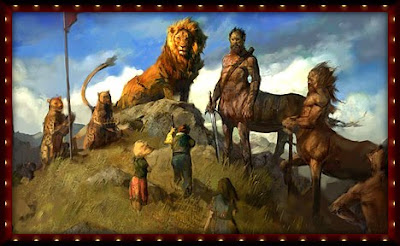After the BO success of AVATAR as a stereoscopic 3D film, there seems to be a new virus in town- 3D stereoscopic films galore. All of a sudden the bandwagon effect has kicked in. Everyone wants to make a stereoscopic film, as if stereoscopy technique by itself will guarantee footfalls, not the story.
Admitted, there have been some interesting developments on the 3D stereoscopic front. Although, the theatres capable of 3D exhibition is limited, they have increased in sufficient numbers making it viable for Indian producers from a cost point of view to actively consider this option. Some technological breakthroughs and new techniques have evolved which enable existing 2D films shot with regular film cameras to be converted to stereoscopic imagery. This technique has been around for a while but being used increasingly for the past couple of years. The process is simple – cutting out travelling mattes (rotoscope) of elements and people and then placing these mattes in z depth (or z axis) at different points to create 3D depth. Although this technique is not without its flaws and limitations, it does a reasonable job of giving the illusion of depth. This technique doesn’t however match up to to the real 3D, shot with a stereoscopic camera as it doesn’t resolve actual 3 dimensionality but merely looks at addressing elements and characters in specific planes along z depth.
There is another limitation of this 2D to 3D conversion technique. While shooting an actual stereoscopic film, one tends to use the camera lenses and the angles to envelope the audience to offer maximum 3 dimension immersion. The 2D to 3D conversion technique can merely try to mimic this in its own limited way. Also it seems like an after-thought that films done in 2D being converted into 3D do not offer the same depth and contrast between the foreground and background elements.
To be fair, I have been placing my argument more like a film-maker, technician and a discerning audience. For the masses, in all likelihood the level of immersion is almost the same and they wouldn’t know the difference. Of course, the success of the movie is mercifully still hinged on the story and how engaging the film is for the audience. A case in point is to put our 3D films in historical perspective. We have seen the stupendous success of our first Indian 3D film Chhota Chetan a couple of decades ago. However, subsequent to that the “me too” runner ups didn’t register at all and were a bigger colossal loss, underlining the need for a good solid story as a foundation for the success of the film.
Recently 2 movies have been done using the conversion technique – Alice in Wonderland (partly shot in real stereoscopic) and Clash of the Titans, both did reasonably well at the box office. For me personally, the immersion for the latter was nowhere close to the actual stereoscopic imagery that one would get from the real technique. And the movies worked partly because of the level of technical excellence that had been already put in place by the amazing visuals and graphics. Tim Burton (Director of Alice..) is of course a master storyteller as well and his films generally do well. Alice.. has broken worldwide weekend opening records on its release, a lot of it attributed to the 3D effect and the overall audience curiosity/appetite for a 3D movie has gone up significantly.
To sum it up, doing a 3D stereoscopic film is purely a marketing decision. I strongly feel that if going the 3D route, the films should be planned and shot as per stereoscopic vision at the inception and pre-production level rather than be converted to 3D later on as an after-thought. Then again, whatever the marketing process may have been, if after-thoughts work in raking in the moolah so be it. The Box-office performance is the final yardstick to judge a film’s success.



